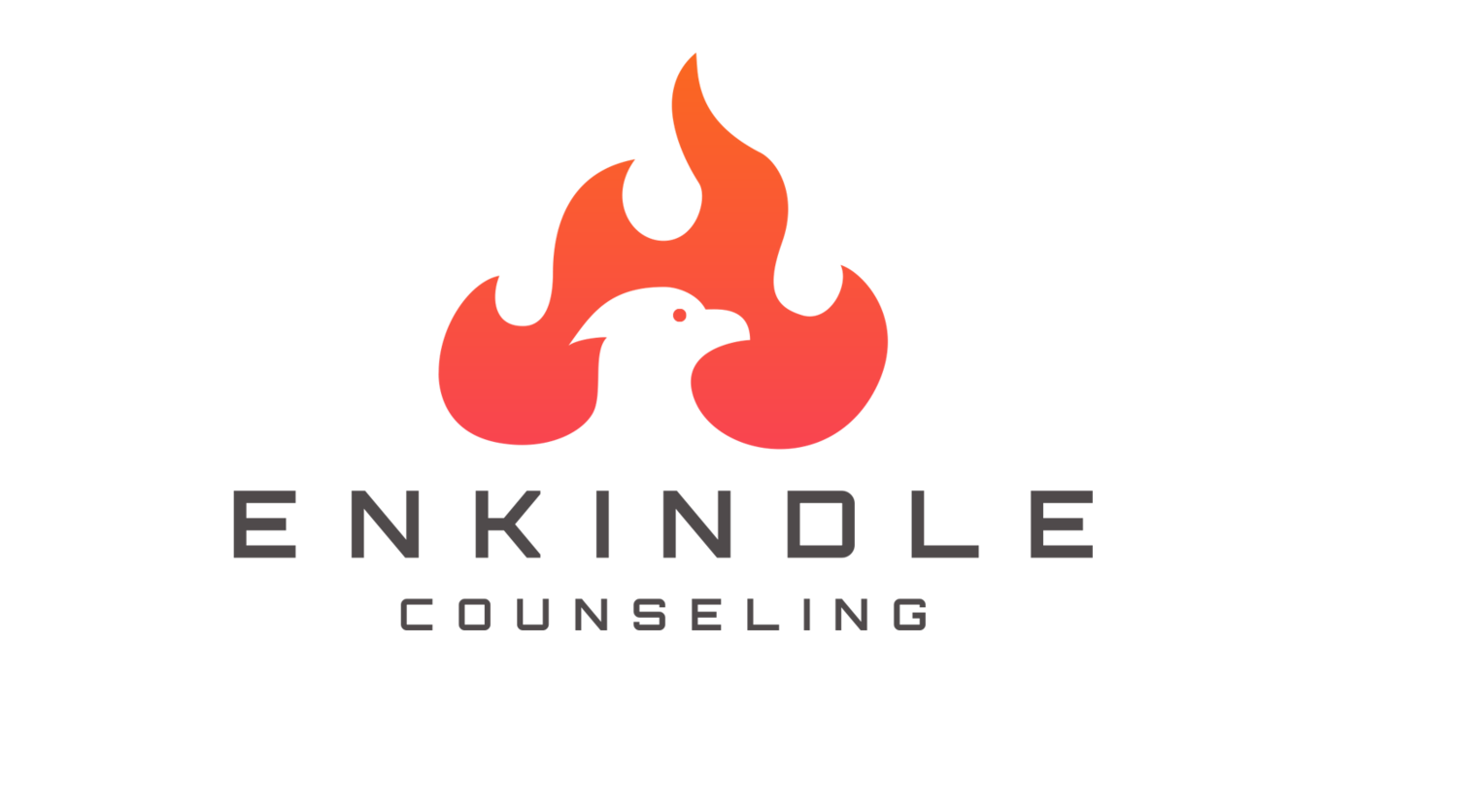Barriers to Mental Health Care in the U.S.
Let’s sit down and talk about something important: why getting mental health care in the U.S. often feels like trying to climb a mountain with no rope. It’s overwhelming, frustrating, and sadly, it affects millions of people.
The national picture
Let’s start with some numbers: around 59 million U.S. adults, about 23 percent, experienced a mental illness in 2022. Of those, roughly half, just over 30 million, received any treatment at all among those with serious mental illness, around 15 million adults, only two‑thirds accessed care. That leaves millions searching for help but hitting walls.
Why are these walls so high?
1. Not enough providers
Over 160 million Americans live in federally designated mental health shortage areas. In rural parts, the picture is even more dire: nearly 55 percent of non‑urban counties have no psychiatrist, psychologist, or social worker. Even in cities, appointments can be booked weeks or months out.
2. Cost and insurance hoops
Even people with insurance face significant barriers. About 30 percent of adults with mental health needs report that their benefits don’t cover services, or they don’t pay enough. A recent national poll found 70 percent of Americans report high financial stress, and one‑third say health costs keep them from getting help. Plus, insurers often use tactics like “fail‑first” policies or restrictive definitions of medical necessity to limit access.
3. Stigma and shame
Even as awareness grows, stigma still holds people back. Some fear being judged or facing discrimination at work or in their communities. In practice, the shame of asking for help prevents many from crossing that threshold.
4. Logistics and language
Getting care means getting time off work, finding childcare, paying for transportation. A CDC report lists difficulty getting time off, cost, and confidentiality concerns as top barriers. For people with limited English proficiency, missing interpreter services makes navigating insurance and appointments nearly impossible.
What’s the cost of inaction?
Untreated mental illness takes a toll. It contributes to homelessness, and over 21 percent of people experiencing it are unhoused. It plays out in prison, where mentally ill individuals are overrepresented behind bars. It shortens lifespans and increases physical illness. And suicide remains a leading cause of death among young people.
Making change—together
Real change requires more than individual therapy. Policy begins at the top, but community and collective action matter:
Expand the workforce
The federal government recently proposed billions to train more mental health professionals, especially in rural and underserved areas.Strengthen insurance parity
We need insurers to follow the Mental Health Parity and Addiction Equity Act and regulators to enforce it. There should be no more arbitrary limits.Invest in community clinics and schools
Certified community behavioral health clinics offer care regardless of ability to pay. School‑based health centers provide easy access for young people.Advocate locally
Join or support nonprofit groups like Active Minds or local advocacy networks. Community voices can push for mental health resources and funding.Normalize talking about mental health
Tell your story. Open conversations reduce shame. Encourage local leaders and employers to prioritize mental health days and well‑being policies.
What you can do today
For yourself
If you hit a barrier, know it’s not your fault. Ask your employer about Employee Assistance Programs. Look for therapists offering sliding‑scale fees or telehealth options. Reach out to peer‑support groups.
For others
Listen without judgment. Help friends navigate options, share resources. Sign petitions or write to your representatives to expand benefits and community mental‑health services. Volunteer with or donate to local clinics.
Breaking down these barriers isn’t only policy work; it’s about friendship, empathy, and shared effort. Mental health justice matters for all of us. When we tear down these walls together, we move toward a society where care is a right, not a privilege. And that makes every voice and every life count.
